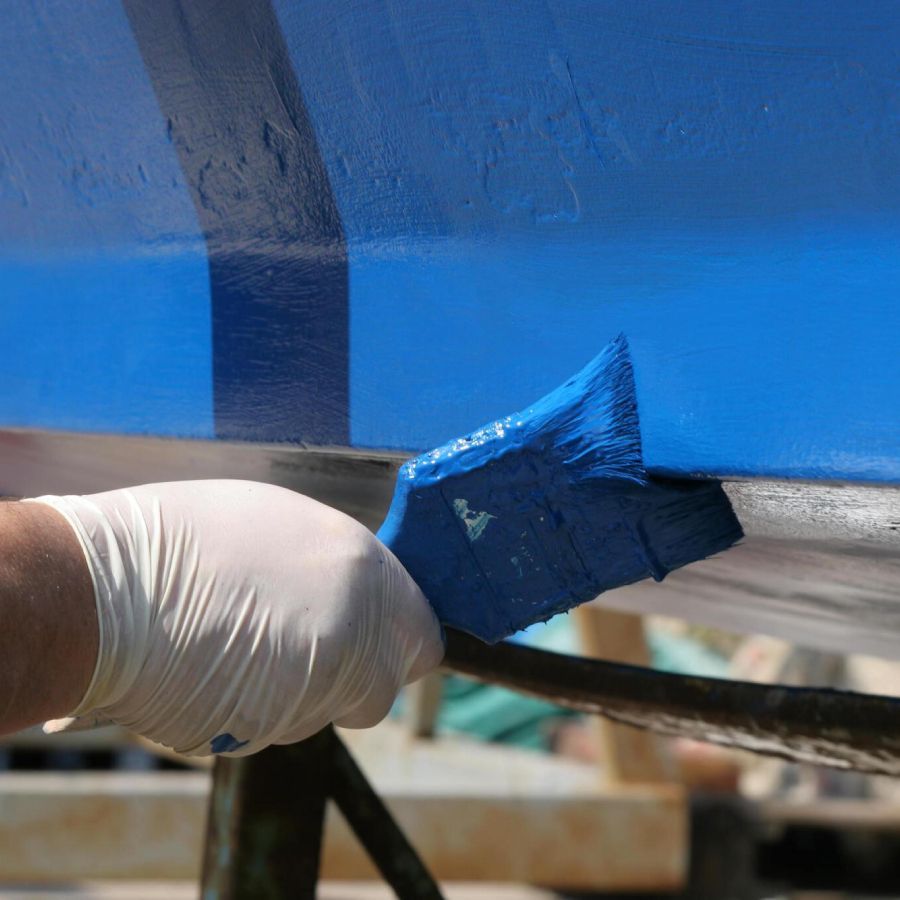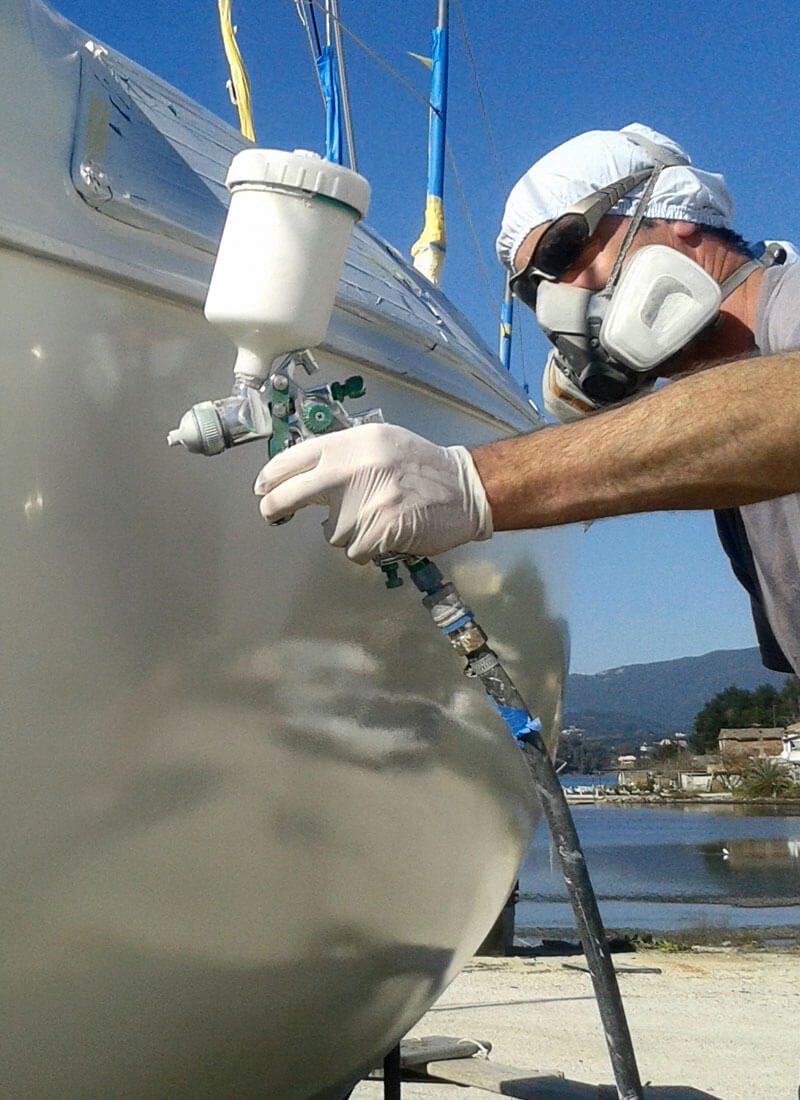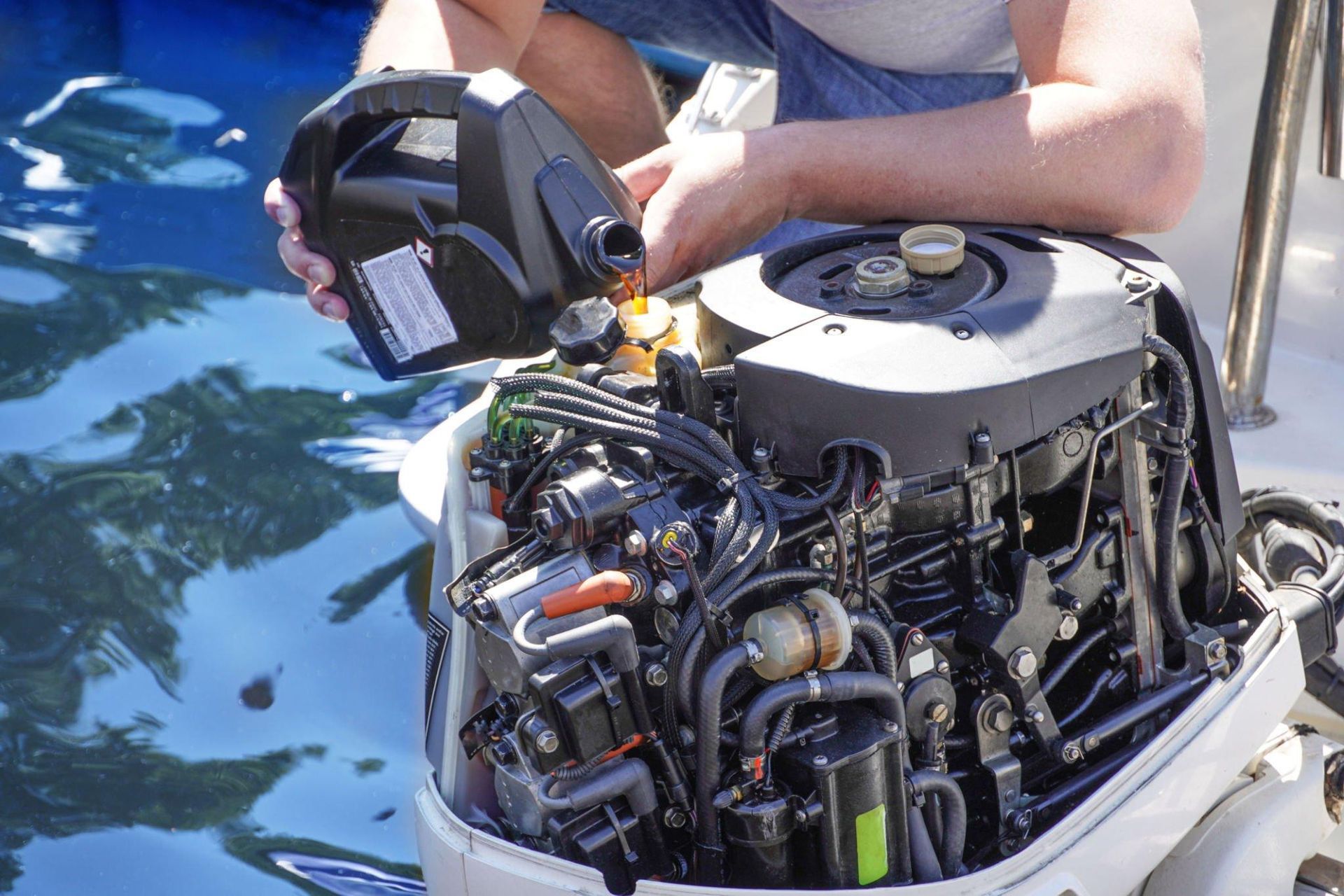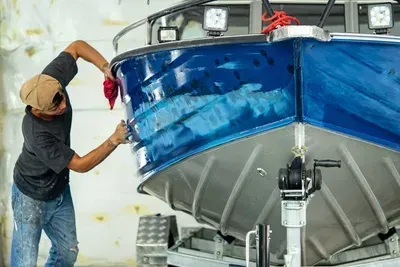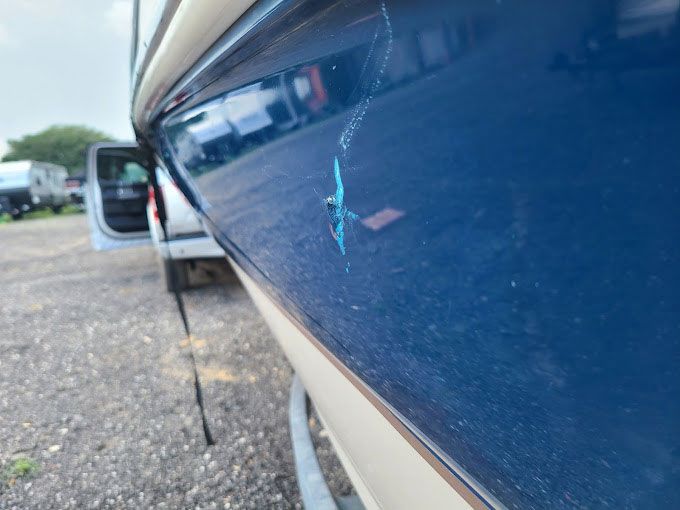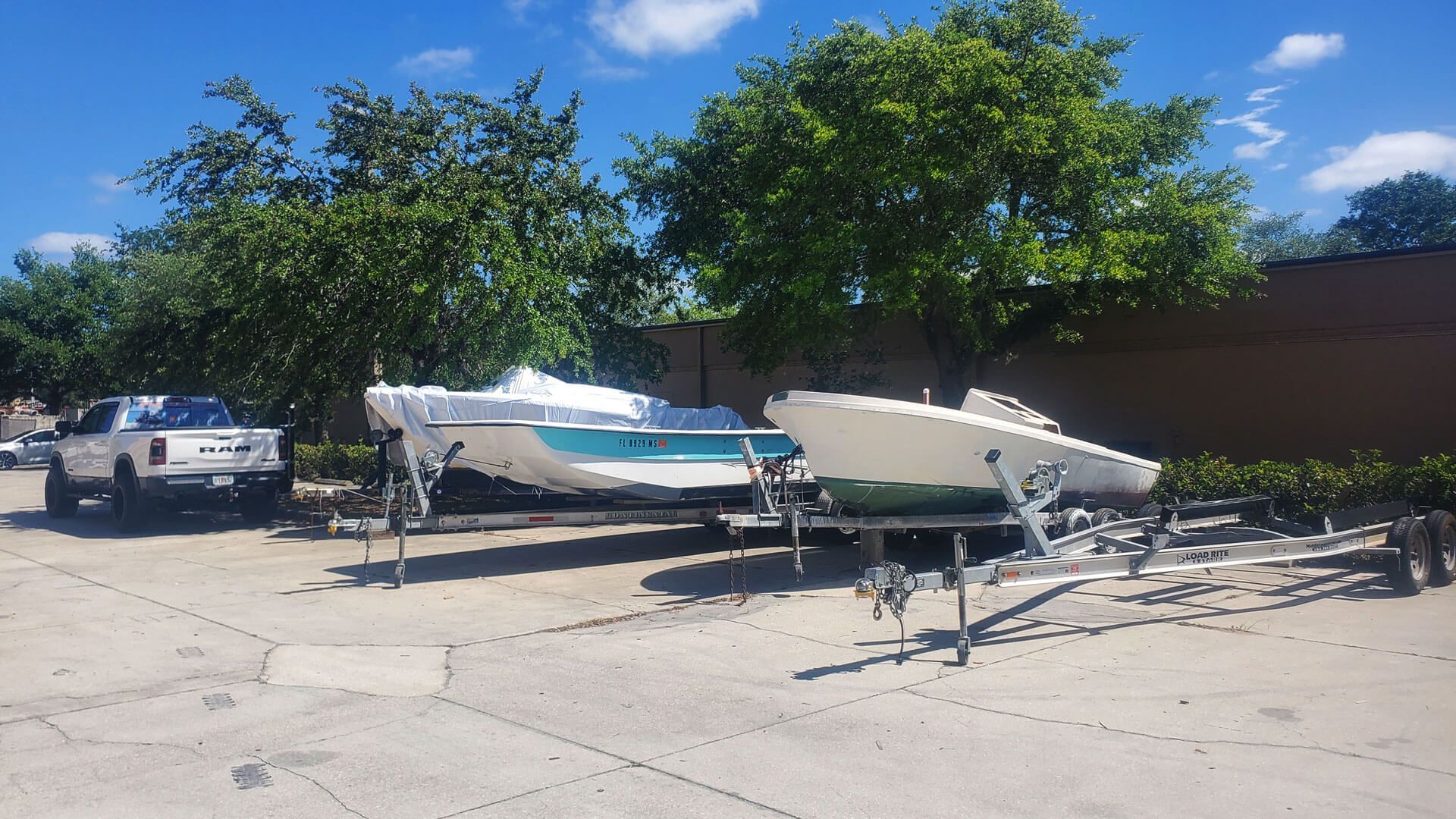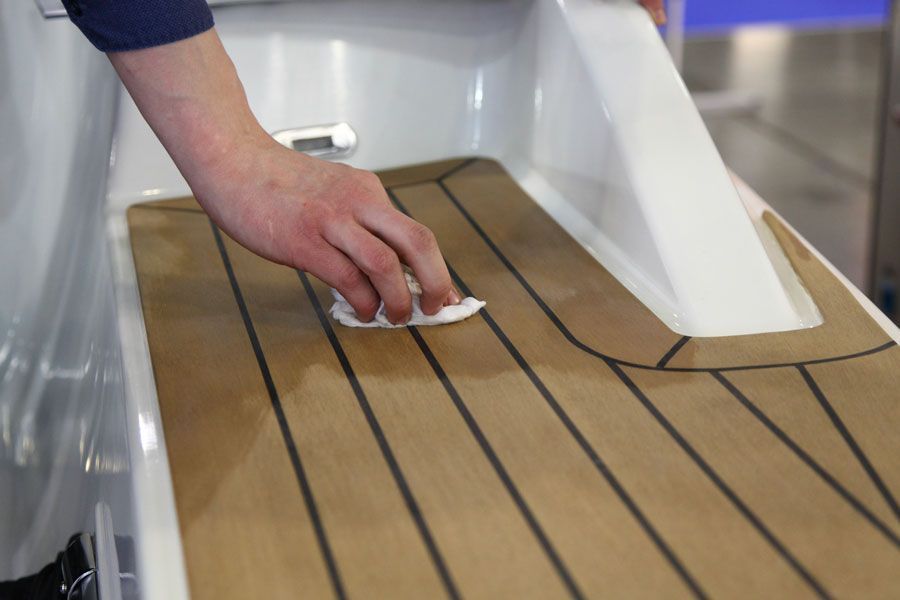7 Steps to Repair and Maintain Boat Gelcoat
Read more about "7 Steps to Repair and Maintain Boat Gelcoat". CV Composites offers Gel Coat Repair Services.
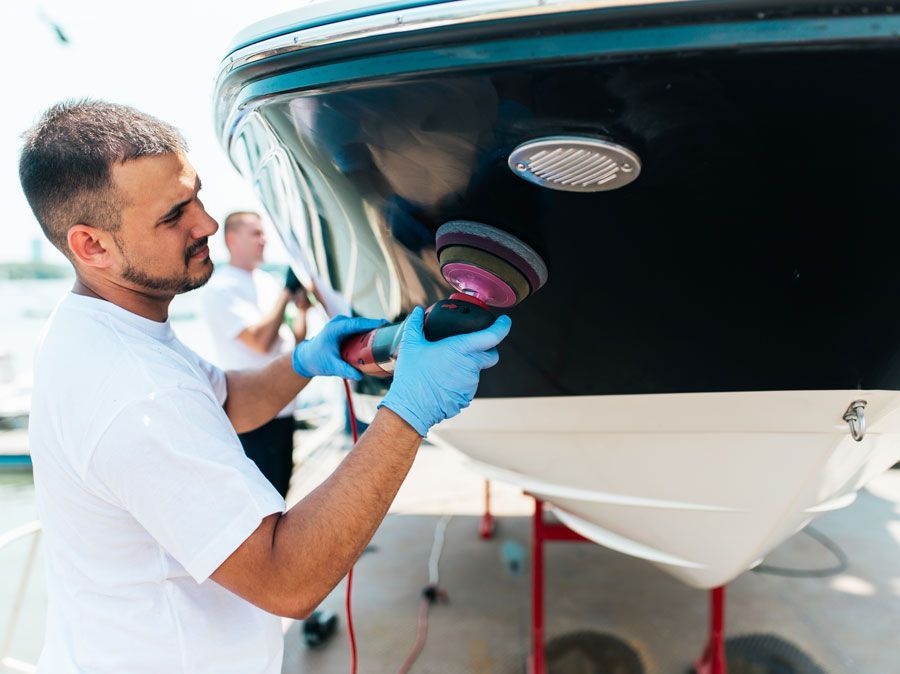
The gelcoat not only provides a glossy and smooth finish to your boat but also protects it from the harsh elements of the water. Over time, however, it can develop cracks, chips, or even blisters, requiring attention and repair. In this guide, we will walk you through the essential steps and techniques to restore your boat's gelcoat to its former glory. Let's dive in!
Assess Gelcoat Damage
To understand the types of gelcoat damage is crucial before anything else. Each different type of damage needs different repairs. Start by visually inspecting the gel coat surface for any visible cracks, chips, scratches, or blisters. Spider cracks, for example, are fine surface cracks that resemble a spider's web and commonly occur due to stress or aging. Chipped or scratched areas expose the underlying fiberglass, while blisters indicate water intrusion beneath the gel coat layer. By carefully examining the damage, you can determine the appropriate repair techniques and materials needed to restore the gelcoat to its original condition.
Gather the Right Tools For Repair
Gathering the right tools for boat gelcoat repair is essential to ensure a successful and efficient repair job. Provided below is the list of some key tools and materials you may need:
Safety Equipment
Prioritize your safety by using the necessary protective gear such as safety glasses, respirator masks, gloves, and clothing to protect yourself from chemical exposures.
Sandpaper and Sanding Blocks
You may need to prepare sandpaper grits, it could be coarse to fine for surface preparation and smoothing out rough areas. Also, sanding blocks help provide a stable grip during the sanding process.
Gelcoat Repair Kits
The gel coat repair kits typically include catalysts, pigment, gel coat paste, or resin. These will ensure color matching and contain the necessary components for applying a new gel coat layer.
Mixing Tools
Properly mixing gelcoat and other repair materials is crucial for achieving consistent results. Mixing cups, stir sticks, and measuring tools should be included in your arsenal.
Application Tools
Depending on the repair area and your preferred method, you'll need brushes, rollers, or spray equipment for applying the gelcoat and other repair materials. Each tool offers specific advantages, so choose based on the size and complexity of the repair.
Surface Preparation
Surface preparation is a critical step in boat gelcoat repair that should not be overlooked. It ensures strong adhesion, a smooth finish, durability, improved aesthetics, and long-term performance of the repair. Investing time and effort in surface preparation will lead to a high-quality and lasting gelcoat repair for your boat.
Fill and Patch Techniques
Fill and patch techniques in gelcoat boat repair are essential for restoring structural integrity, providing protection, enhancing aesthetics, preventing further damage, and ensuring the longevity and durability of the boat's surface. Properly executed repairs using these techniques are vital for maintaining the overall condition and value of the vessel.
Gelcoat Application
Proper gel coat application is vital in gel coat boat repair to achieve optimal aesthetics, provide protection, enhance longevity, maintain structural integrity, preserve resale value, and ensure professional results. Investing time and effort in proper gel coat application is essential for a successful and long-lasting repair.
Sand and Polish
Sanding and polishing contribute to surface preparation, leveling, color blending, surface restoration, protection, and achieving a professional finish. Properly executed sanding and polishing ensure that the repaired gel coat looks visually appealing, maintains its durability, and extends the overall lifespan of the boat's surface.
Gelcoat Maintenance and Protection
Gelcoat is a resin-based material that is applied to the outer surface of fiberglass and composite structures to provide a smooth, glossy finish and protect the underlying material from environmental factors. So maintenance and protection would help you resell or trade your boat for a higher price if you decide to do it in the future. Keep the steps above and these will save you money.
Remember to refer to the specific product instructions and recommendations for the best results when using any cleaning, waxing, polishing, or sealing products. Additionally, always take appropriate safety precautions and follow any specific guidelines provided by the manufacturer of your fiberglass or composite asset. If you are looking for boat repair services,
contact us to set your appointment.



